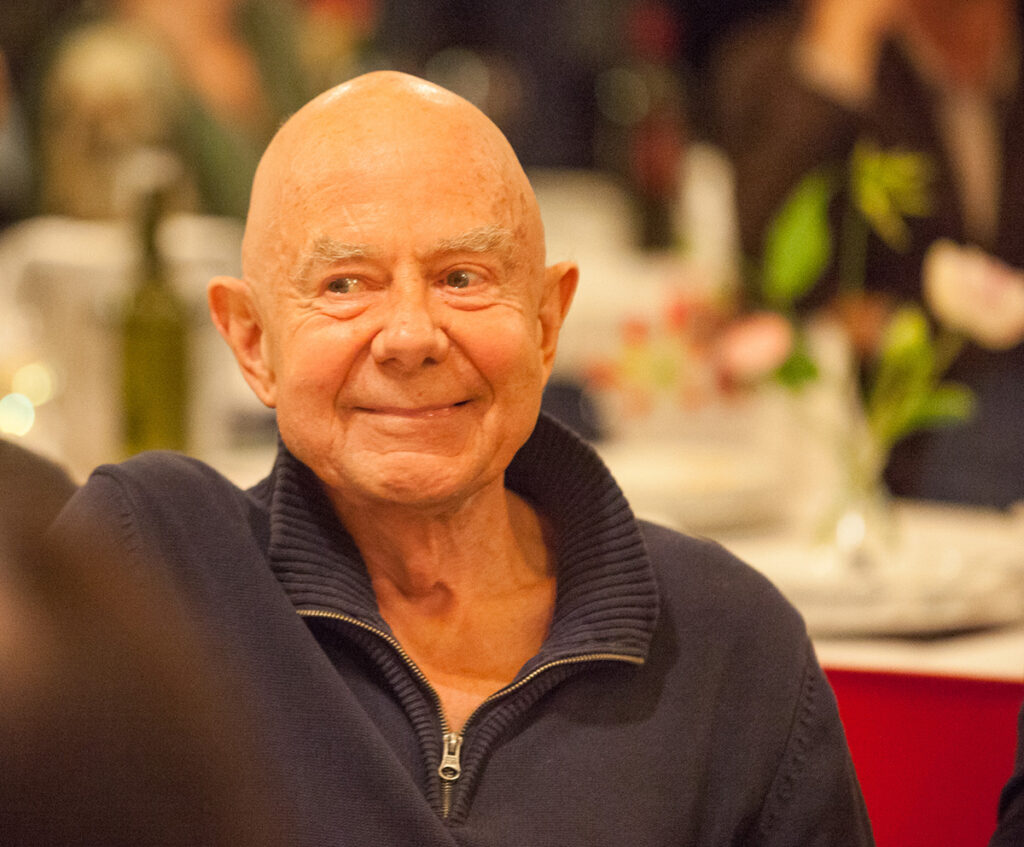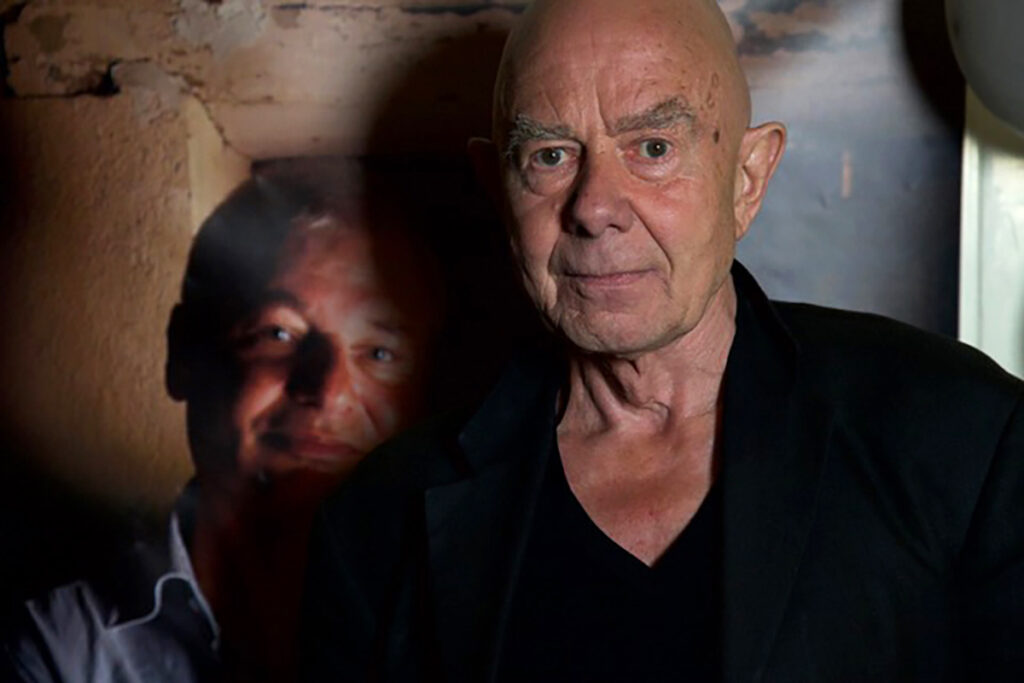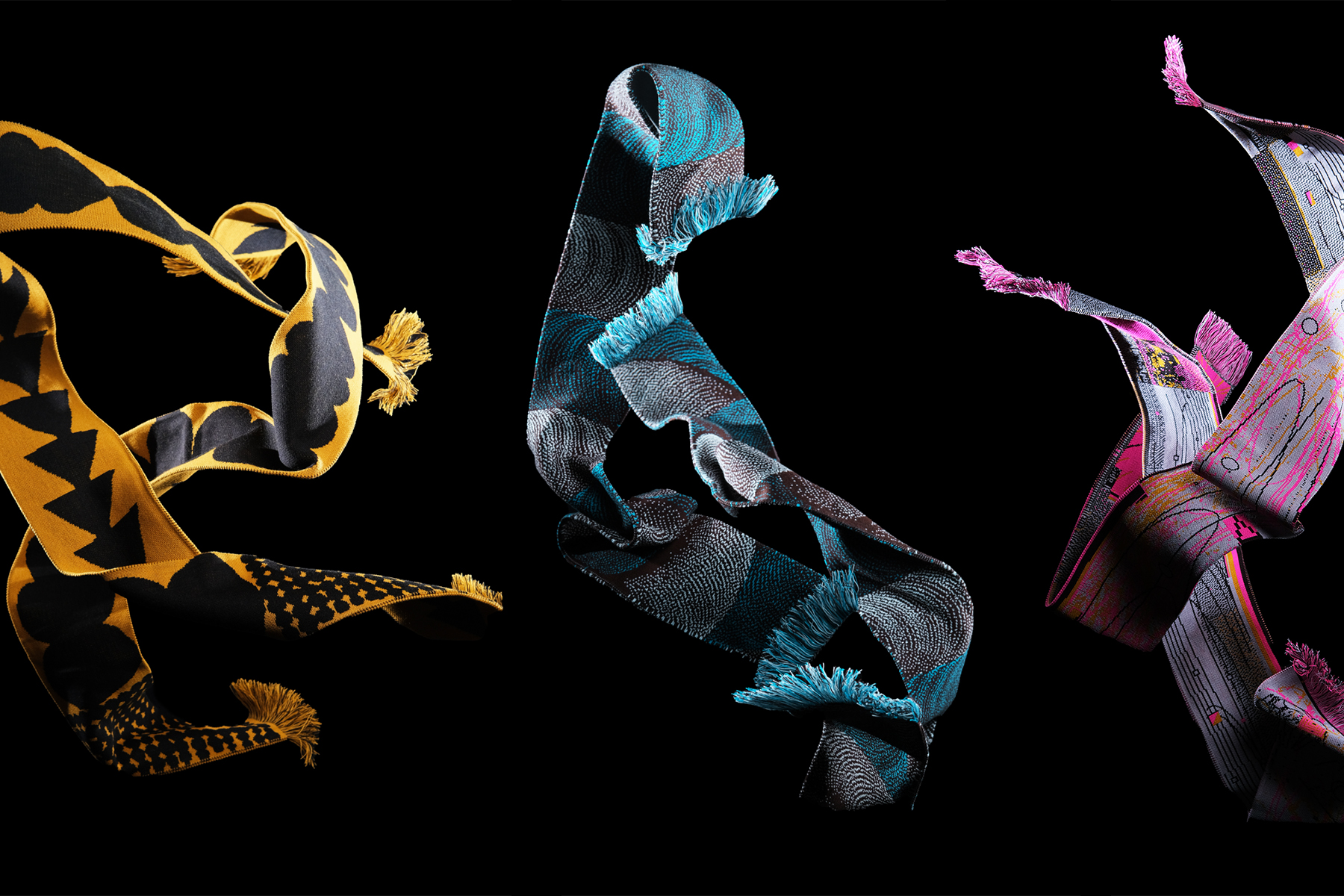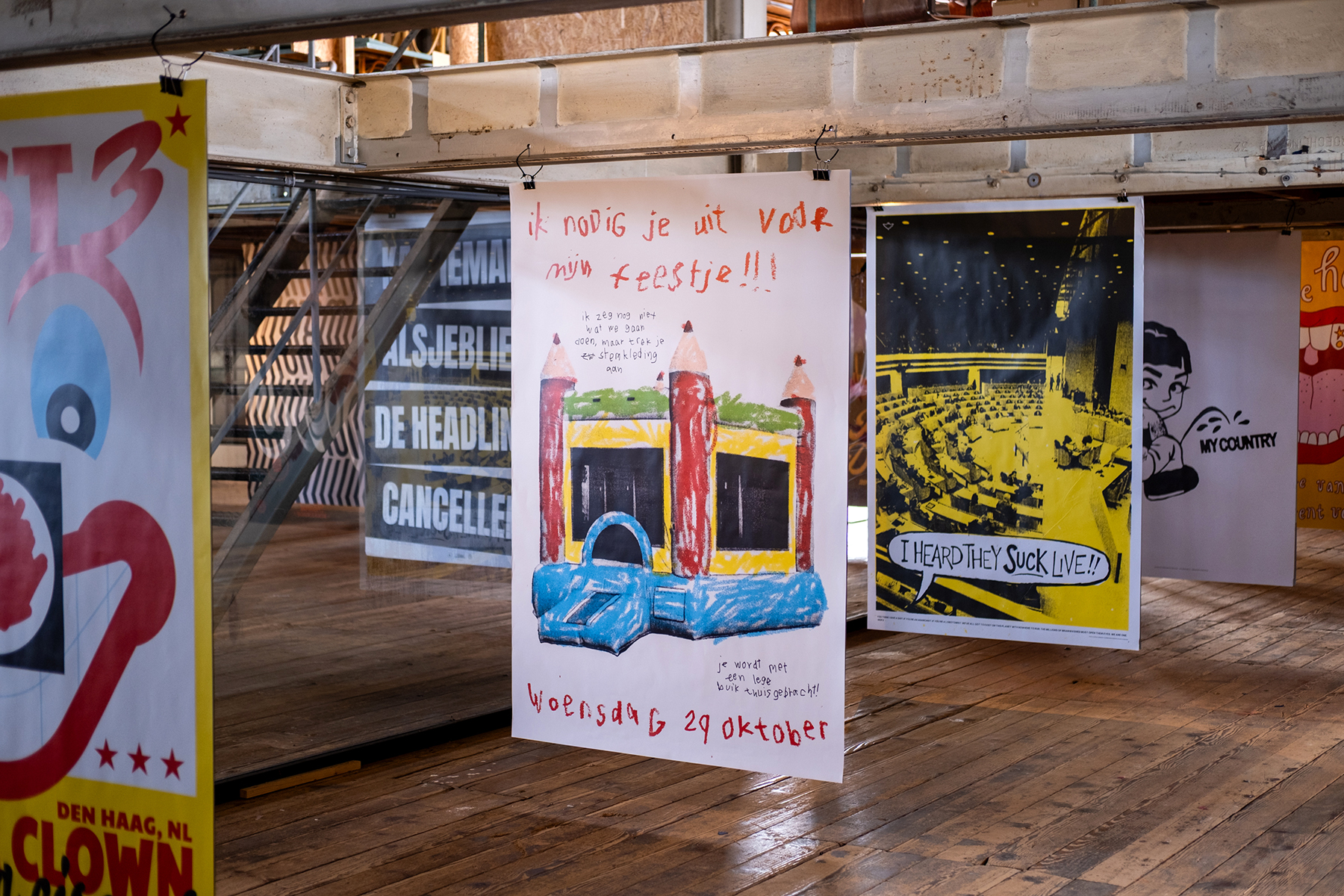Column | Jaap Goudsmit
On Jan. 23, 2025, beloved designer and teacher Hartmut Kowalke died in his hometown Breda. During his farewell service, colleagues, students and friends reminisced about him.
Hartmut was born on January 14, 1941 in Mettmann, Germany. He trained at the Hochschule für Gestaltung in Ulm, where he was scouted by Total Design, which brought him to the Netherlands. There he worked with Wim Crouwel and Benno Wissing. After working as a partner at several leading design firms, he was a highly respected lecturer at the Academie St. Joost Breda from 1986 until his retirement in 2000.

Jaap Goudsmit on Hartmut Kowalke
Hartmut was one of my best friends and of best friends you don’t have many, friends with whom every conversation feels familiar and every conversation has meaning. I had three, a luxury. From Hartmut ‘s presence I was able to enjoy for 50 years. And what an adventurous and exciting journey it was. Hartmut, I am so grateful to you for accepting me as your friend all these years in all my craziness and fickleness, and for giving me the feeling of understanding and appreciating every quirk in my brain, even when everyone else was once again calling me crazy.
Hartmut recognized in me as he put it himself soul relationship. What that was, we subjected those 50 years to an examination, an examination of the form of content, and on purpose I do not say the relationship between form and content. Hartmut thought that was too “cheap. The form of our friendship was working and making work of it. To earn Hartmut’s friendship he made you work hard, but he didn’t force you to do anything, everything with that twinkle in his eye, he showed you how to do it. Hartmut did not let himself be known easily and he did not begin to explain to you who he was, he demonstrated who he was. You never really knew exactly what he was thinking or feeling. But if you looked closely you saw what he expected of you and who he was. How did I see Hartmut? I saw his breast pocket with the blank A4 sheets torn into quarters, held together by a characteristic paper clip. On these he wrote keywords day-in and day-out, which he stubbornly kept and placed on his extremely long desk as a form of external memory.
In short you learned from Hartmut the discipline to get something done, Hartmut lived the inseparability of form and content. He shaped the chaos of life. I took a picture of his bathroom at one point, the barren wild branch in a glass on the bathtub rim, on the sleek buffet a wooden canister and a wooden bowl containing the fine head massage device and next to it, tightly arranged, a nail clipper, a toe clipper, a nose hair clipper and a kind of curious, almost medical rake. Everything betrayed Hartmut’s being Kurort-German with a strict Buddhist undertone.
With me Hartmut is inextricably linked to a community of a kind of destiny that we, Fransje and I, got to know in Amsterdam and within which, I may say throughout our medical studies, we spent day and night. A kind of artists’ collective around Wies Smals of de Appel, Uwe Laysiepen and Marina Abramović, Dale Frank and Joost Elffers and Pat Steir and Pjotr, whom I didn’t remember clearly, only what somber paintings he makes. One of the first works of art Hartmut made in that ten-year group or better growth process (with me, for me) was my UvA PhD booklet in 1982: that was my introduction to Hartmut’s vision of fundamental scientific knowledge. Thus we had learned our first lesson. Lesson two for me was the poster experiment in color for Pat Steir’s December 1984 exhibition at the Brooklyn Museum,’The Breughel Series.’ The first booklet Hartmut and I made with the illustrator and animation filmmaker Maarten Koopman came out in 1988, ‘Why doesn’t a mouse give birth to an elephant.’ It was right up Hartmut’s alley, a booklet about the laws of origin, development and end of life on earth. This set the tone for friendship and work. Relation=work as Ulay and Marina expressed it in their performance of the time.
Hartmut never let go of me, and Béla Zsigmond in my lap, together with Oscar Smeulders we worked like madmen. In 2013 ‘The Vaccine Bug,’ we made catalogs, websites and as highlights in 2012 ‘The Serendipity Manual,’ in 2015 ‘The Immorbidity Alphabet,’ in 2016 ‘The Art of Facing Mortality’ and ‘The Time of Your Life’ in 2016. Death seemed to be on our heels. In 2020 Hartmut knew that our body of work ‘friendship’ was coming to an end. We made plans but knew we wouldn’t make them again; he was depressed by that. At the last, in 2023 I went for a luxury dinner with him in Breda, and in summer 2024 he was with me for the last time in Amsterdam, and two weeks before his death we had our last ‘real’ conversation. He talked about Nietzsche, Kant and Heine, back to his origins. With Goethe at the center.
I reminded him that I would never forget that at the same time, holding two pens, he could write from left to right with his left hand and from right to left with his right at the same time. I said he was my genius. Typical Hartmut, he replied, “I am not a genius, that was Leonardo da Vinci. You could learn something from that as a left-hander,’ a twinkle in his eye. Leonardo was left-handed and he discovered as a toddler that he was left-handed and from one day to the next he started to write his letters from right to left in mirror writing, presumably the only one on earth, and continued to do so his whole life. Hartmut is my Leonardo, Hartmut is in me now, science united with art, the word united with the letter. I am sure that in all that I continue to do with your friends, I will continue to think of your wisdom. But whether we can live up to your standard? It is the question. But try we will keep trying. Dear Hartmut, thank you for allowing us into your life. We loved you with all our hearts but also with all our brains. And we will continue to do so for as long as we live.
Jaap Goudsmit

Dutch Graphic Roots #68 Hartmut Kowalke
In 2000 Gert Staal had a conversation with Hartmut, on the occasion of Hartmut’s farewell as teacher of Graphic Design at the Academie St. Joost in Breda. Read the entire interview at dutchgraphicroots.nl



